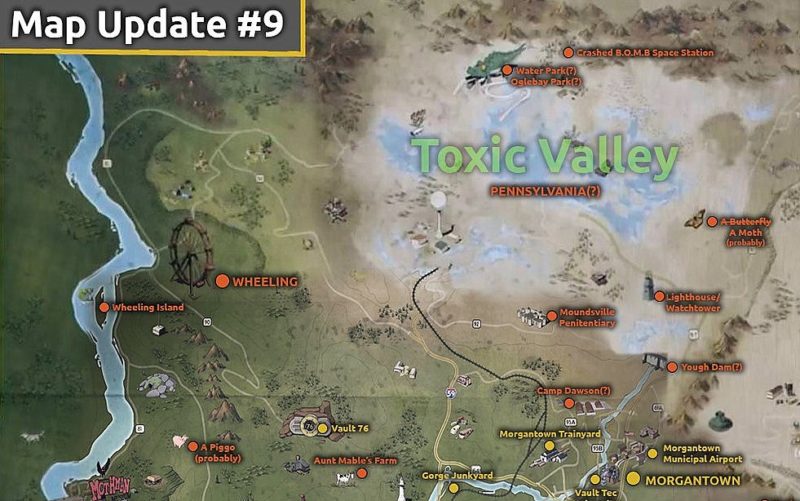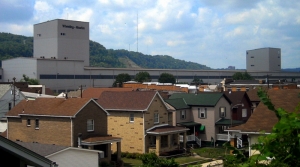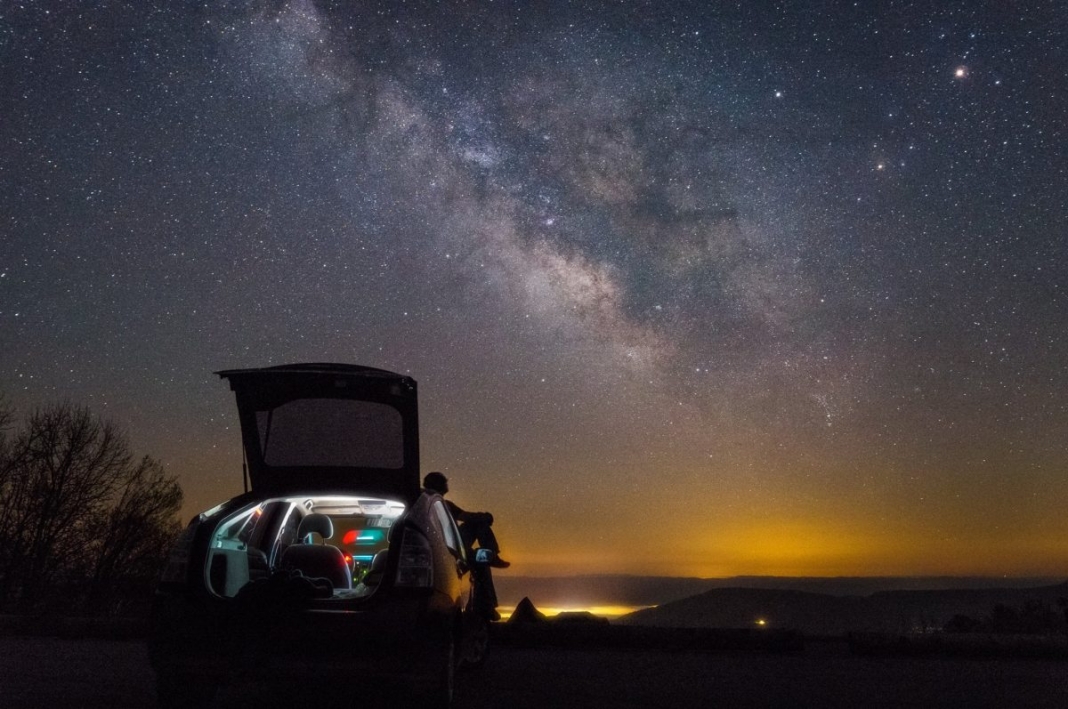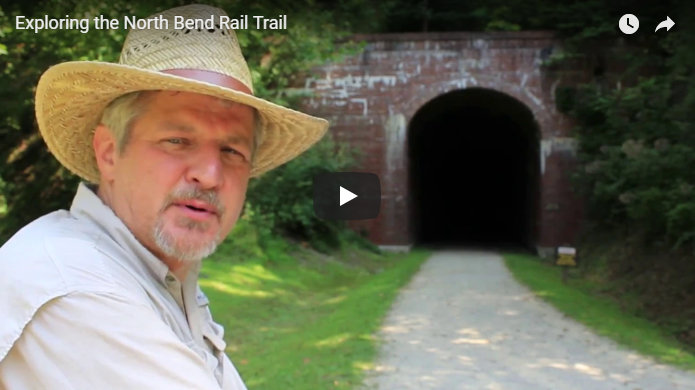Editor's note: the third installment in John Barton's examination of a map of the soon-to-be-released Fallout 76 video game investigates the Toxic Valley region, which, he points out, shares many similarities with West Virginia's Chemical Valley.
"Toxic Valley" occupies the northernmost region on the Fallout 76 map produced by Oscerlot, though I think it's likely an homage to western West Virginia’s Kanawha Valley, long known as its “Chemical Valley” — an industrial and chemical-manufacturing center since the 19th century, home to Dow, Bayer, Dupont, Westvaco, Monsanto, and Union Carbide. The state capitol is here at Charleston at the confluence of the Elk and Kanawha rivers.
The valley is in reality located in the southwestern state, but on Oscerlot's map, it's located in the northernmost state, suggesting a tie to West Virginia's Northern Panhandle. This suggests Toxic Valley lies in Pennsylvania, and some of the map's locations may be pulled from there. I think it’s likely Oscerlot doesn’t realize how W.Va. sprawls across the eastern U.S.
There’s a reason it's referred to as the "southernmost state in the North and the northernmost state in the South." Weirton is almost due west of Pittsburgh, while Bluefield lies south of Richmond. Huntington is west of Cleveland, and Martinsburg is nearly a suburb of Washington, D.C. In many ways, West Virginia represents nearly every major region of the U.S. Though we may not be the "Wild West" anymore, but we’re certainly "Wild & Wonderful."
Oscerlot has identified only a few locations in Toxic Valley at this point — a waterpark, which is possibly Oglebay Park, the Moundsville Penitentiary, and the Yough Dam, actually in Pennsylvania.
Oglebay is undoubtedly Oglebay Park, near Wheeling. Nearly 2,000 acres, the park belonged to Earl W. Oglebay, a shipping magnate who left his mansion and estate to the City of Wheeling for use as a public park.
The Youghiogheny River flows north along West Virginia's border with Maryland border into Pennsylvania, and the dam is located just across the Maryland border in Pennsylvania. Architect Frank Lloyd Wright’s “Fallingwater” is located in the valley just a few miles north, and I wonder if it will make an appearance.
A half-dozen-or-so unidentified locations remain on Oscerlot's Toxic Valley map. As important cities such as Wheeling and Charleston have been moved, it’s difficult to predict where anything might appear.
Looking deeper into Brooke, Wetzel, Marshall, Hancock, and Ohio counties, there are several possibilities for what might be included in Fallout 76. The region's history dates back to the Revolutionary War and was a large industrial area during the 19th century, producing glass and steel. The family of Iroquois chief Logan was massacred here in 1774, sparking war between settlers and the Iroquois.
The B&O Railroad was completed to Rosby’s Rock, near Moundsville, in 1852. The Palace of Gold, home to the New Vrindaban Hare Krishnas, is located here as well.
The Moundsville Penitentiary area most certainly refers to the West Virginia State Penitentiary in Moundsville. Commonly referred to as the “Moundsville Penitentiary,” the former prison is located in a town named for ancient Native American burial grounds and the Grave Creek Mound, the largest Adena burial mound in North America. Well-known for its many ghost stories, the area has the potential for a supernatural experience.
I also think it’s likely we’ll see the results of a mass convict escape. Toxic Valley (Chemical Valley) was moved to the northernmost part of the map where the Moundsville Penitentiary is located for a reason. Remember "The Pitt" in Fallout 3? In the world of Fallout, Pittsburgh became irradiated and polluted by the Ohio, Allegheny, Monongahela rivers before being overrun by Raiders. Wouldn’t Toxic Valley's location so near the Yough Dam explain where at least some of the pollution came from? Were the original Raiders in The Pitt escaped convicts from Moundsville?
With all of this waste from West Virginia feeding into the area known as The Pitt in game lore, it seems like there’s the perfect opportunity for an Easter Egg here — one WVU fans may well appreciate but Pitt fans may not.
Fallout 76 Coverage
- Mapping Fallout 76: John Barton explores The Forest
- Mapping Fallout 76: John Barton explores The Savage Divide
- Mapping Fallout 76: John Barton explores The Ash Heap
- Mapping Fallout 76: John Barton explores Cranberry Bog
- Mapping Fallout 76: John Barton explores The Mire
- Writers track real W.Va. locations that appear in Fallout 76 map
Sign up to receive a FREE copy of West Virginia Explorer Magazine in your email weekly. Sign me up!




